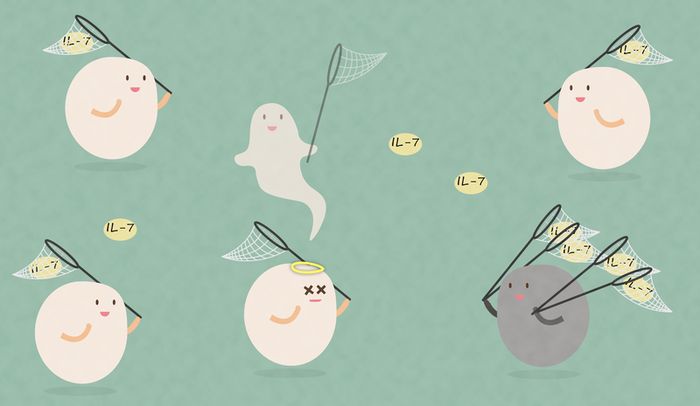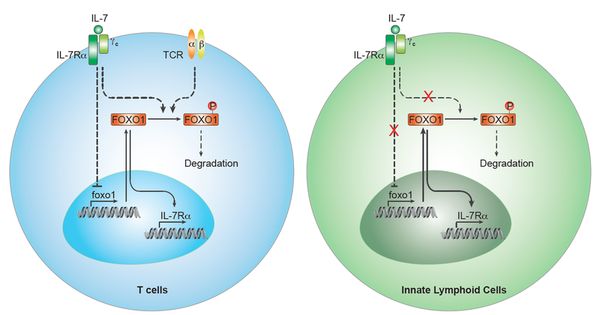주메뉴
- About IBS 연구원소개
-
Research Centers
연구단소개
- Research Outcomes
- Mathematics
- Physics
- Center for Underground Physics
- Center for Theoretical Physics of the Universe (Particle Theory and Cosmology Group)
- Center for Theoretical Physics of the Universe (Cosmology, Gravity and Astroparticle Physics Group)
- Dark Matter Axion Group
- Center for Artificial Low Dimensional Electronic Systems
- Center for Theoretical Physics of Complex Systems
- Center for Quantum Nanoscience
- Center for Exotic Nuclear Studies
- Center for Van der Waals Quantum Solids
- Center for Relativistic Laser Science
- Chemistry
- Life Sciences
- Earth Science
- Interdisciplinary
- Center for Neuroscience Imaging Research (Neuro Technology Group)
- Center for Neuroscience Imaging Research (Cognitive and Computational Neuroscience Group)
- Center for Algorithmic and Robotized Synthesis
- Center for Nanomedicine
- Center for Biomolecular and Cellular Structure
- Center for 2D Quantum Heterostructures
- Institutes
- Korea Virus Research Institute
- News Center 뉴스 센터
- Career 인재초빙
- Living in Korea IBS School-UST
- IBS School 윤리경영


주메뉴
- About IBS
-
Research Centers
- Research Outcomes
- Mathematics
- Physics
- Center for Underground Physics
- Center for Theoretical Physics of the Universe (Particle Theory and Cosmology Group)
- Center for Theoretical Physics of the Universe (Cosmology, Gravity and Astroparticle Physics Group)
- Dark Matter Axion Group
- Center for Artificial Low Dimensional Electronic Systems
- Center for Theoretical Physics of Complex Systems
- Center for Quantum Nanoscience
- Center for Exotic Nuclear Studies
- Center for Van der Waals Quantum Solids
- Center for Relativistic Laser Science
- Chemistry
- Life Sciences
- Earth Science
- Interdisciplinary
- Center for Neuroscience Imaging Research (Neuro Technology Group)
- Center for Neuroscience Imaging Research (Cognitive and Computational Neuroscience Group)
- Center for Algorithmic and Robotized Synthesis
- Center for Nanomedicine
- Center for Biomolecular and Cellular Structure
- Center for 2D Quantum Heterostructures
- Institutes
- Korea Virus Research Institute
- News Center
- Career
- Living in Korea
- IBS School
News Center
| Title | Competition for Survival Signals Maintains Immune Balance | ||
|---|---|---|---|
| Embargo date | 2017-07-27 13:00 | Hits | 3894 |
| Research Center |
Academy of Immunology and Microbiology |
||
| Press release | |||
| att. | |||
Competition for Survival Signals Maintains Immune Balance- Although scarce, the recently discovered innate lymphoid cells vie with T cells for a shared source of interleukin-7, which helps them to survive. These findings could deepen our understanding of immune memory in vaccine and aging - According to a new study published in the journal Immunity, two types of immune cells compete for a shared source of proteins that allow them to survive. The "contestants" are the recently discovered and ultra-rare innate lymphoid cells (ILCs) and the abundant T cells: ILCs are more effective. Director of the Academy of Immunology and Microbiology (AIM) in Institute for Basic Science (IBS), Charles D. Surh, led this international effort with researchers from La Jolla Institute for Allergy and Immunology and The Scripps Research Institute. These findings could promote our understanding of immune memory in vaccines and aging. The study of the immune system has produced many life-saving discoveries, the greatest of which is arguably the concept of immunization and immunological memory. Vaccines protect us by providing specific stimulation of immune cells populations; B and T cells. The ingredients of vaccines are relatively short-lived, but the protective effects of the vaccine can last for many decades because of a complex phenomenon, called homeostasis, that support the upkeep of a constant reservoir of immune cells. The homeostatic survival of B and T cells is not only important after vaccination, but also in old age when production of B and T cells slows and we are heavily reliant on the long-term survival of immune cells we created when we were young. In order to survive, these immune cells need to bind to a protein called interleukin-7 (IL-7) via the IL-7 receptor (IL-7R) lying on their surface. However, it is unclear how the body regulates the amount of IL-7 made available. The question was compounded by the difficulty of measuring IL-7 levels in vivo: traditional methods of immunohistochemistry or immunofluorescence were woefully inadequate to even detect, let alone quantify, IL-7 in laboratory mouse tissue. The first breakthrough of this study was made possible due to the expertise cultivated in Surh's lab over several decades in characterizing the homeostatic T cell proliferation in mice. Their scientists used mice lacking the IL-7R so that IL-7 could accumulate to supraphysiogical levels, sufficient to drive T cell homeostatic proliferation. Then, the group replaced various IL-7R-expressing cell types and monitored for a return of IL-7 homeostasis. The results clearly indicated that T cells were not the only consumers of IL-7, ILCs do it too. ILCs are a recently discovered class of immune cells that have been shown to be involved in the resistance to pathogens, tissue remodeling, and immune disorders. "To be honest, I was quite surprised that ILCs have such an effect in this model," said lead author, Christopher Martin. "Relative to T cells, there are very few ILCs in the tissues we study. So, when we were designing the initial experiments, we weren't optimistic that we would find anything interesting." The second pivotal set of discoveries were made possible by the facilities and expertise unique to the Academy of Immunology and Microbiology in South Korea. The state-of-the-art germ-free mouse research facility allowed the team to show that ILCs compete for IL-7 independent of commensal bacteria. Finally, work led by the young investigator KIM Kwang Soon demonstrated the molecular mechanism that explains why the ultra-rare ILCs are more effective than the abundant T cells in consuming IL-7. This is possible because T cells decrease the number of IL-7Rs after binding IL-7, while ILCs do not. "The findings are not only of interest to the esoteric field of immune homeostasis, but also to the broad biological community because they are a stark reminder that life exists as a complex concert and not as a collection of various types of cells that merely just co-exist," concludes Charles D. Surh. The biological significance of this competition for a shared source of survival stimuli, remains to be explained.
Letizia Diamante Notes for editors - References - Media Contact - About the Institute for Basic Science (IBS) |
|||
|
|
|||
| Next | |
|---|---|
| before |
- Content Manager
- Communications Team : Kwon Ye Seul 042-878-8237
- Last Update 2023-11-28 14:20













